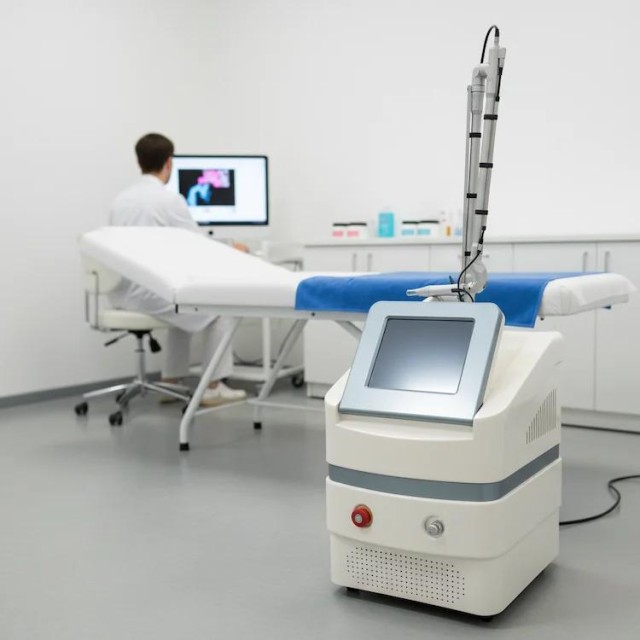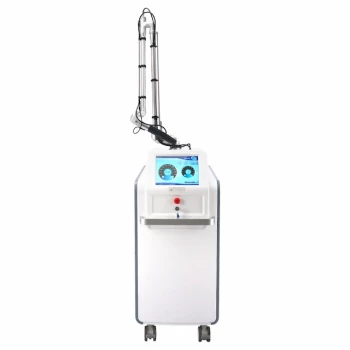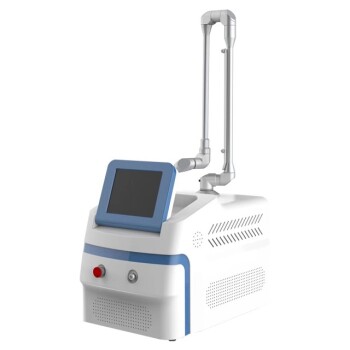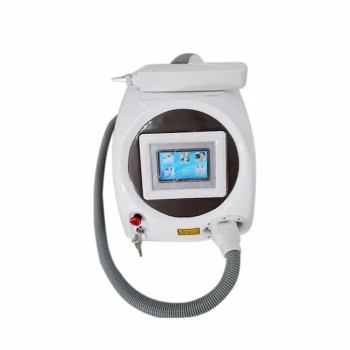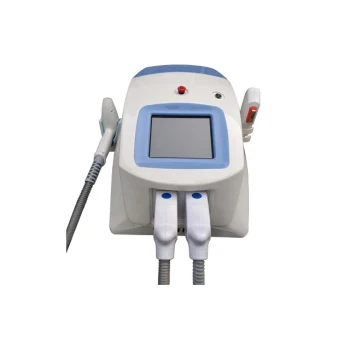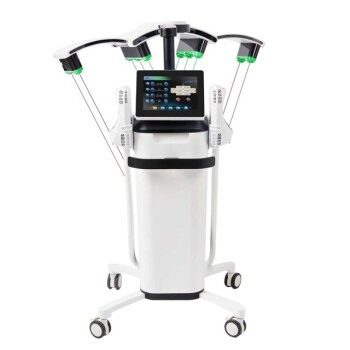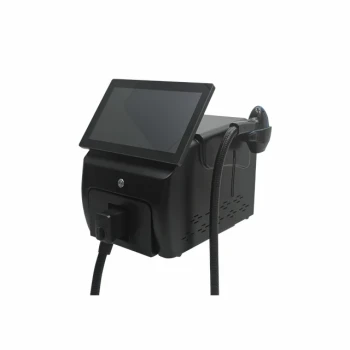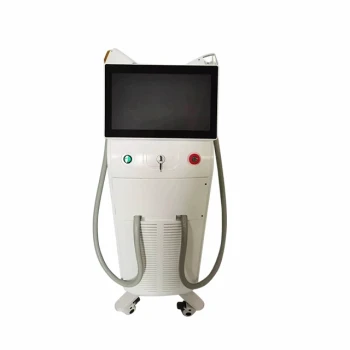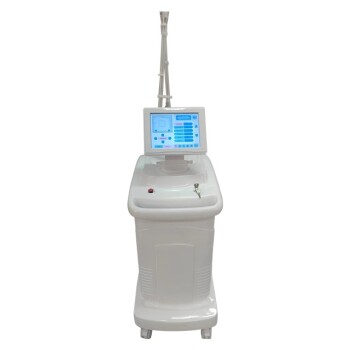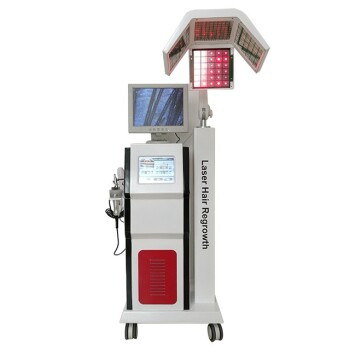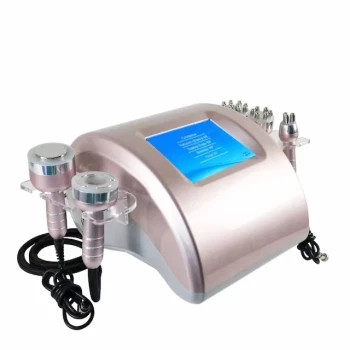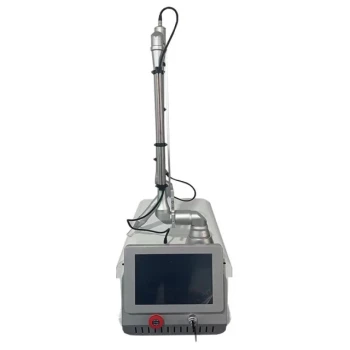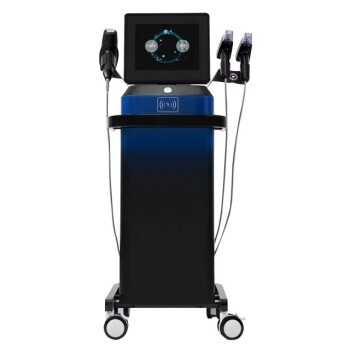Introduction
Considering Pico laser treatment but concerned about potential side effects? You're not alone. While this advanced technology offers remarkable results for pigmentation, scars, and tattoo removal, understanding its temporary reactions and proper aftercare is crucial for optimal outcomes. This guide combines clinical insights with practical recovery strategies, helping you navigate post-treatment care with confidence. Whether you're a first-time patient or planning another session, we'll break down exactly what to expect and how Belis medical-grade equipment supports safer treatments.
Understanding Pico Laser Side Effects
Pico lasers deliver ultra-short pulses measured in picoseconds (trillionths of a second), making them gentler than traditional nanosecond lasers. However, like all cosmetic procedures, they trigger biological responses that manifest as temporary side effects.
Common Temporary Reactions
90% of patients experience at least one of these expected responses, which typically resolve within 72 hours:
- Redness (Erythema): Similar to mild sunburn, caused by increased blood flow to treated areas.
- Swelling (Oedema): Particularly around delicate areas like eyes or lips, peaking at 24 hours post-treatment.
- Tenderness: The skin may feel sensitive to touch, akin to a light abrasion.
- Micro-crusting: Tiny scabs may form as damaged pigment particles rise to the skin's surface.
Did you know? A 2022 dermatology study found Pico lasers caused 40% less prolonged redness compared to Q-switched lasers, thanks to reduced thermal damage.
Rare but Serious Complications
Fewer than 5% of cases develop these issues, often linked to improper aftercare or pre-existing conditions:
- Hyperpigmentation: Darker patches may emerge, especially in patients with untreated melasma or recent sun exposure.
- Hypopigmentation: Loss of pigment is more common with aggressive tattoo removal settings.
- Blistering: Indicates excessive energy delivery; requires immediate medical attention to prevent scarring.
- Infection: Breaking blisters or neglecting post-treatment hygiene raises bacterial entry risks.
Key Insight: Belis PicoCare devices incorporate real-time skin temperature monitoring to automatically adjust energy delivery, minimizing complication risks.
Minimizing Risks and Accelerating Recovery
Pre-Treatment Precautions
4-6 Weeks Before Session:
- Discontinue retinoids, glycolic acid, and other exfoliants to reduce skin sensitivity.
- Begin broad-spectrum SPF50+ sunscreen religiously—even on cloudy days.
- Consult your provider about antiviral prophylaxis if you have a history of cold sores.
24 Hours Before Treatment:
- Avoid caffeine and alcohol to decrease inflammation potential.
- Cleanse skin with mild, fragrance-free products to remove surface oils.
Ever wondered why some clinics perform patch tests? This 48-hour trial on a small area predicts your skin's reaction pattern to chosen laser parameters.
Post-Treatment Care Tips
First 72 Hours (Critical Healing Phase):
- Cooling: Apply sterile ice packs wrapped in cloth for 10-minute intervals to reduce swelling. Belis devices often include integrated cooling systems for this purpose.
- Moisturizing: Use hyaluronic acid serums followed by ceramide creams to reinforce the moisture barrier.
- Protection: Physical zinc oxide sunblocks are preferable over chemical filters during initial healing.
Days 4-14 (Pigment Elimination Stage):
- Introduce gentle cleansing with pH-balanced foams.
- Continue avoiding direct sunlight; wear wide-brimmed hats outdoors.
- For stubborn pigment, clinicians may recommend vitamin C serums after day 7 to brighten skin.
Pro Tip: Belis aftercare kits include medical-grade silicone gel sheets—proven to reduce scarring risk by 60% when used on healing laser-treated areas.
Conclusion: Smart Practices for Safe Pico Laser Results
Pico laser technology offers transformative skin renewal with significantly lower downtime than traditional options. By recognizing common side effects as normal healing responses and adhering to structured aftercare protocols, patients can confidently achieve their aesthetic goals.
3 Actionable Takeaways:
- Choose Wisely: Opt for clinics using regulated devices like Belis PicoCare that prioritize safety features.
- Prep Diligently: 6 weeks of proper skin conditioning drastically improves treatment tolerance.
- Monitor Progress: Document recovery with weekly photos to share with your provider at follow-ups.
For beauty professionals seeking reliable equipment, Belis medical aesthetic systems combine cutting-edge Pico technology with intuitive safety protocols—ensuring both client satisfaction and practice growth. Explore professional solutions designed for consistent, complication-free results.
Products You Might Be Looking For:
Explore professional aesthetic devices
Visual Guide
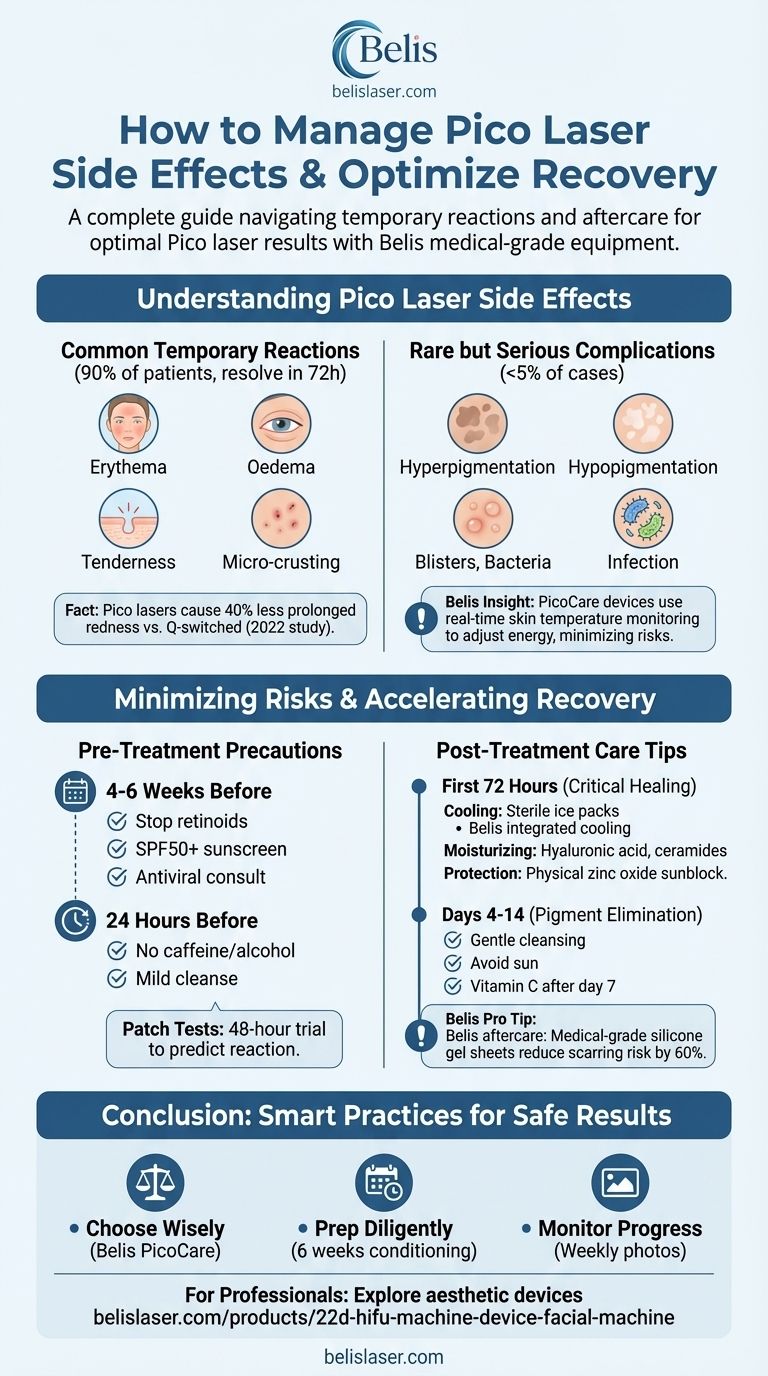
Related Products
- Pico Laser Tattoo Removal Machine Picosure Picosecond Laser Machine
- Pico Picosecond Laser Machine for Tattoo Removal Picosure Pico Laser
- Q Switch Nd Yag Laser Machine Tattoo Removal Nd Yag Machine
- Clinic Use IPL and SHR Hair Removal Machine with Nd Yag Laser Tattoo Removal
- Diode Laser SHR Trilaser Hair Removal Machine for Clinic Use
Related Articles
- HIFU Vaginal Tightening: A Safe, Effective Alternative to Traditional Rejuvenation Methods
- Trilaser Hair Removal: Why It Works Better for All Skin Tones
- How Alexandrite Lasers Revolutionize Trilaser Hair Removal for Fine Hair & Large Areas
- How Pico Laser Technology Transforms Scar Treatment: Evidence-Based Insights
- How SHR Laser Hair Removal Works: The Science Behind Multiple Sessions
